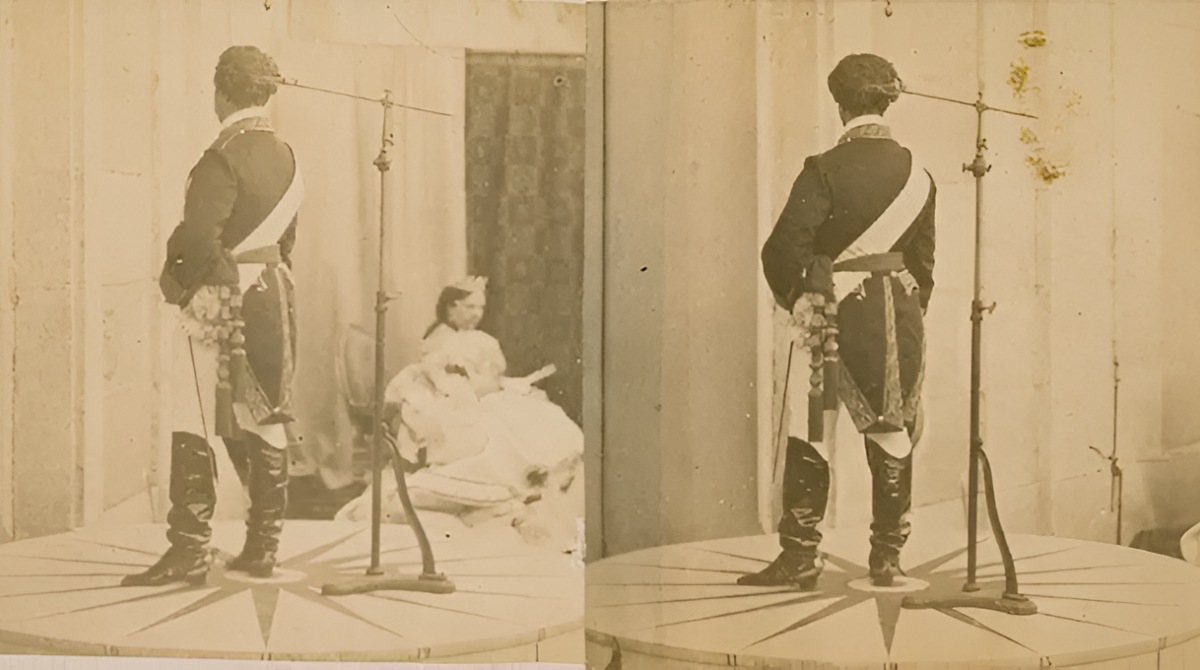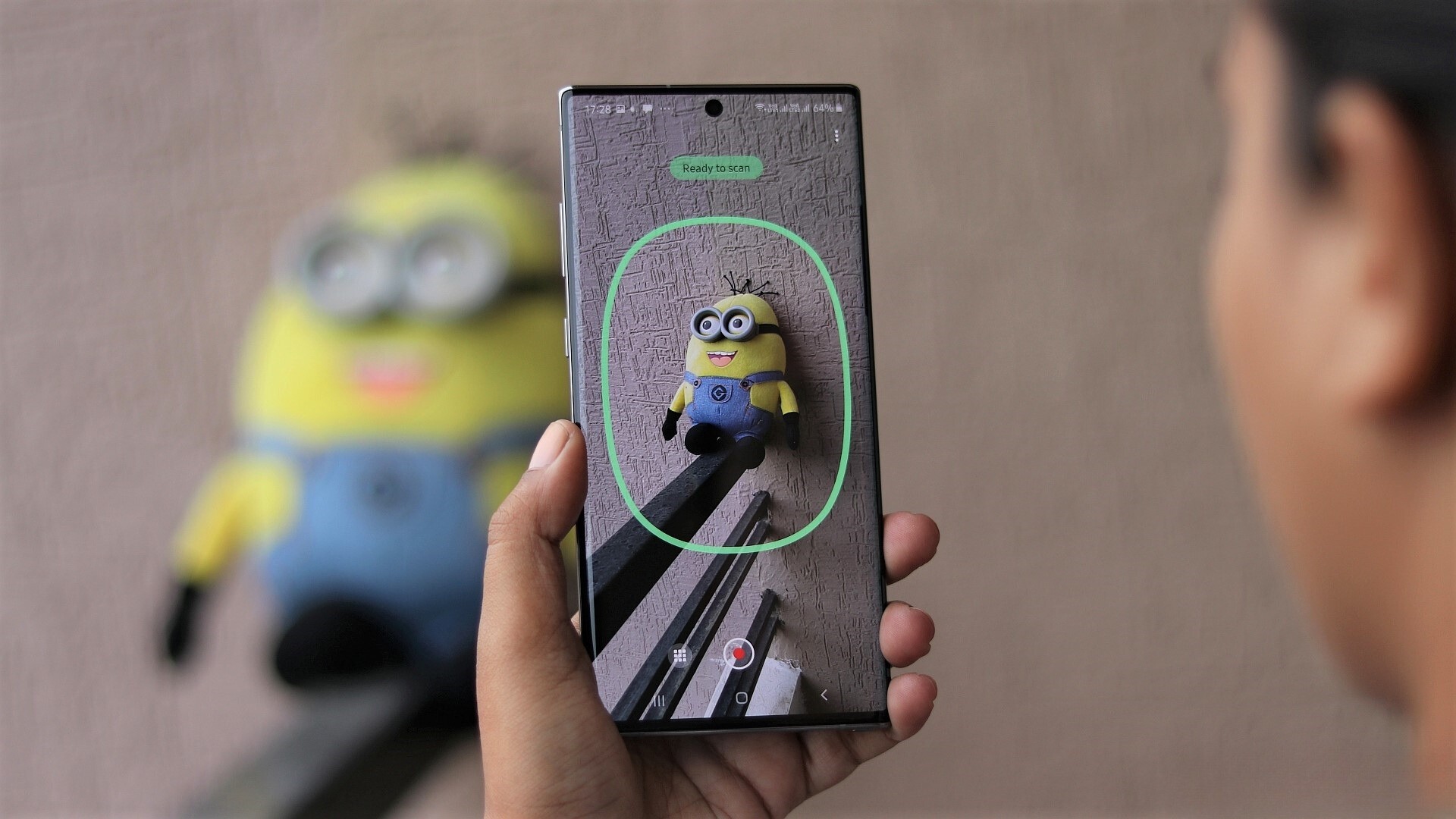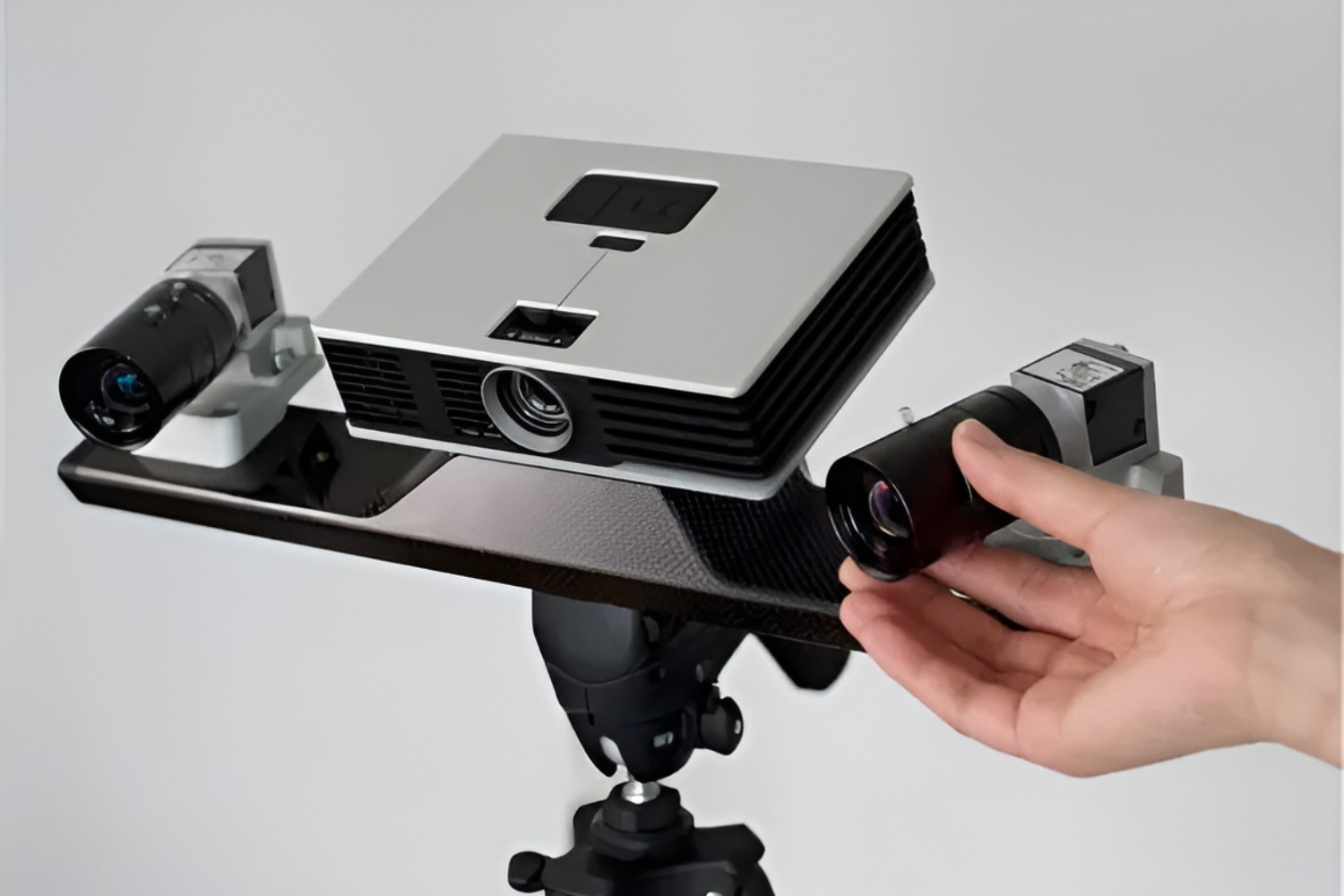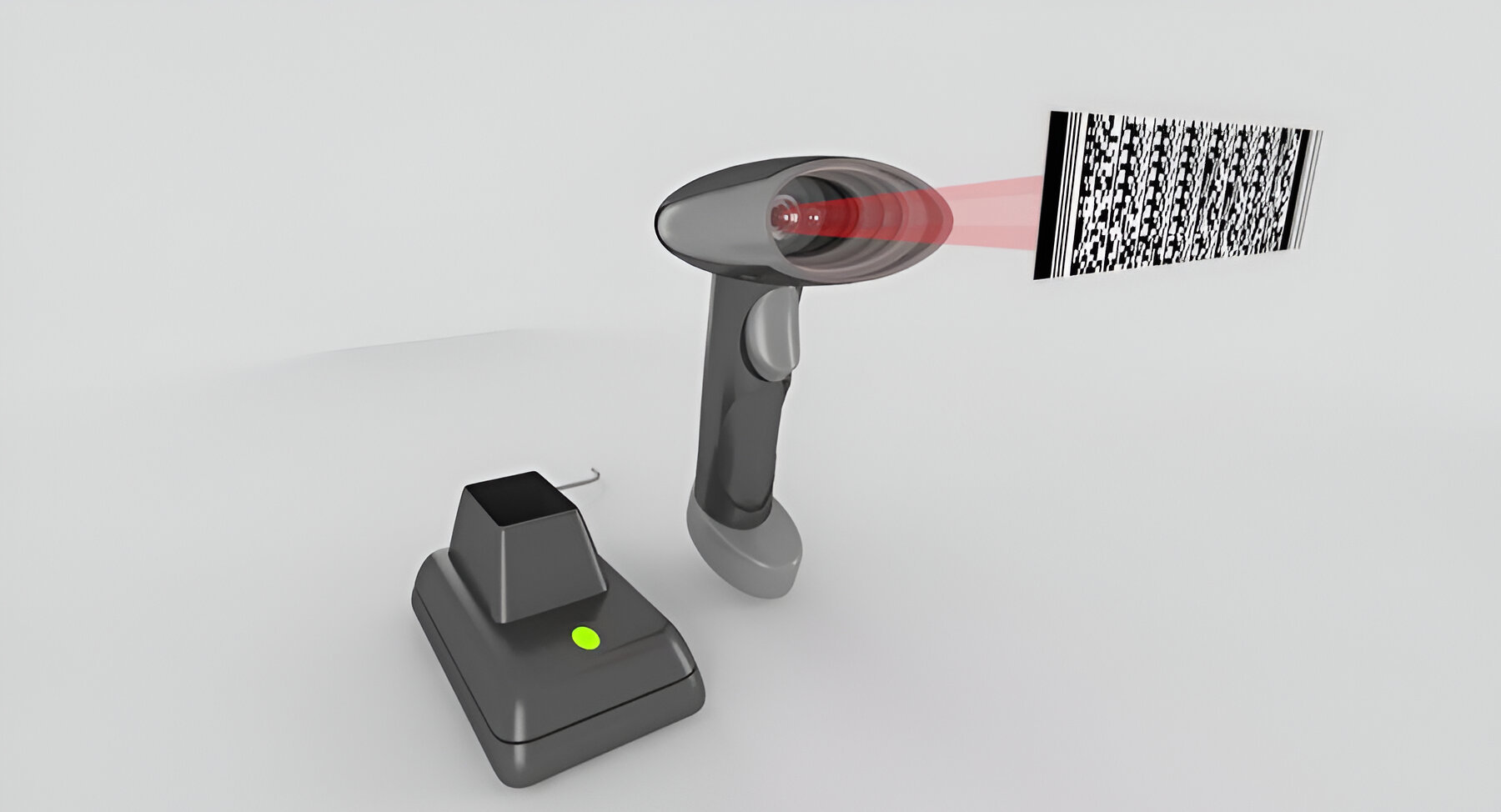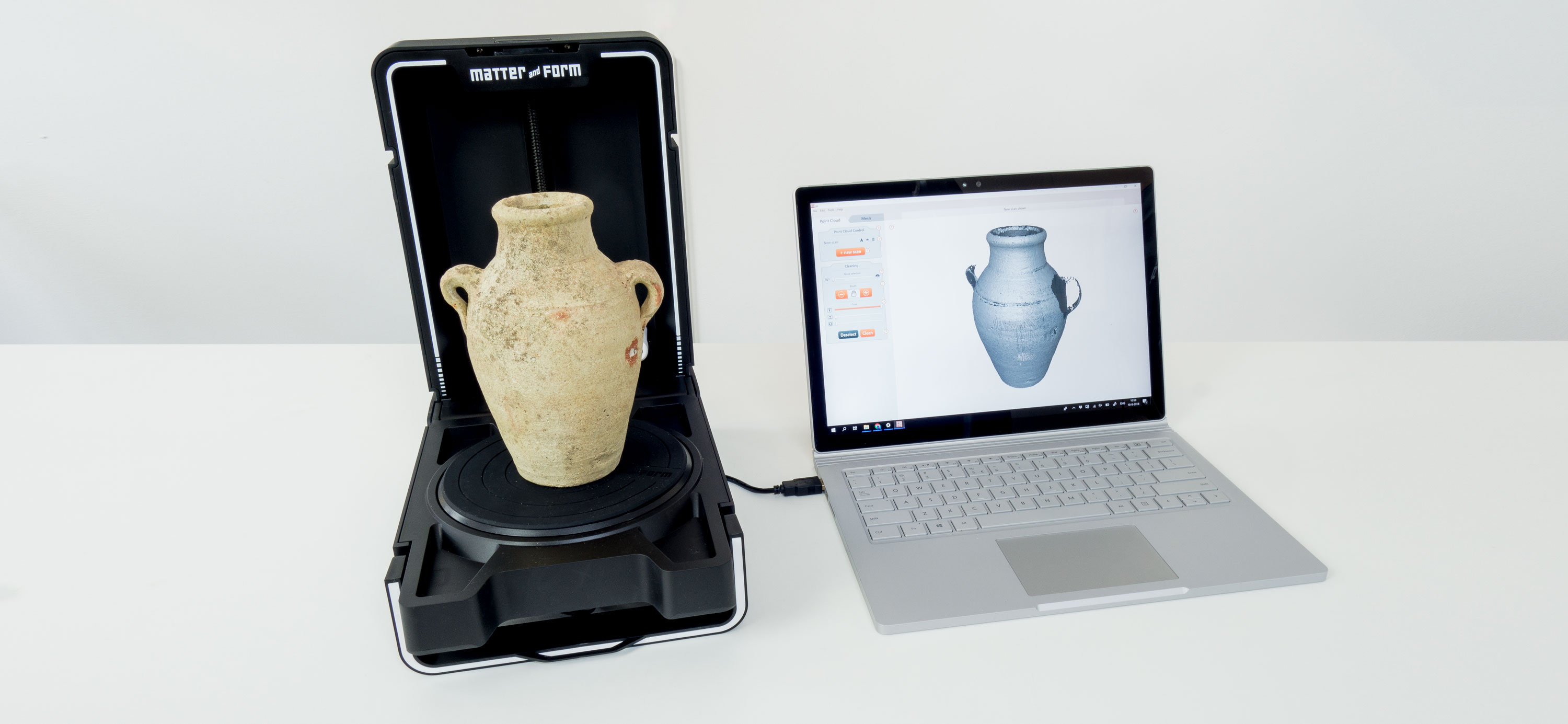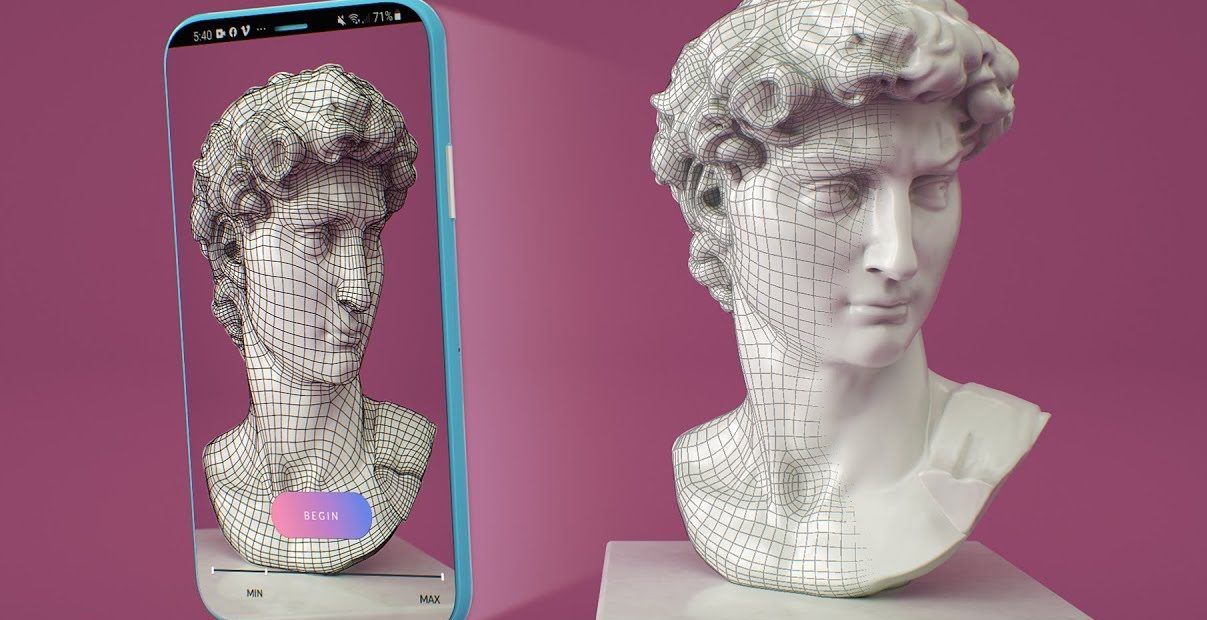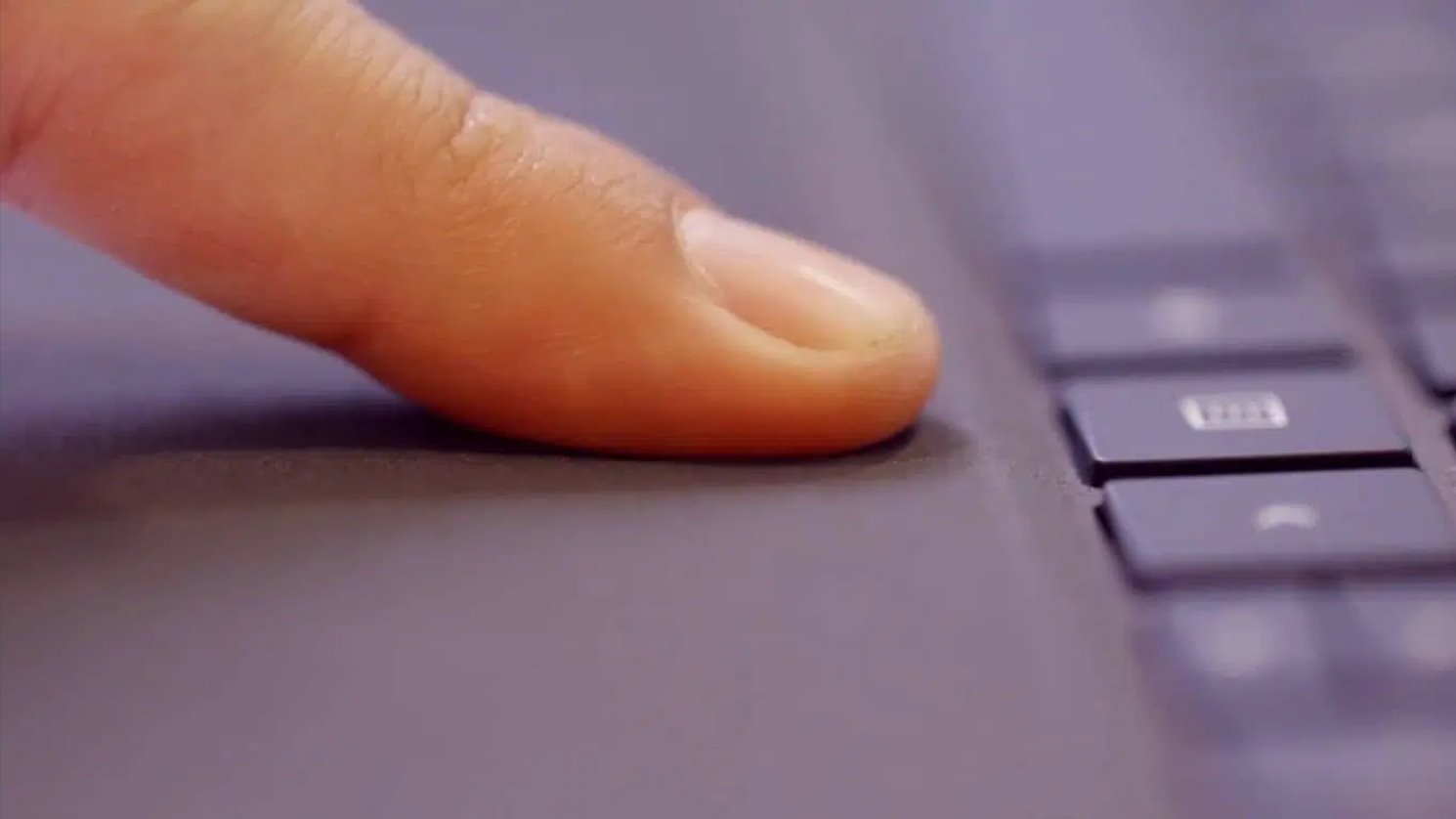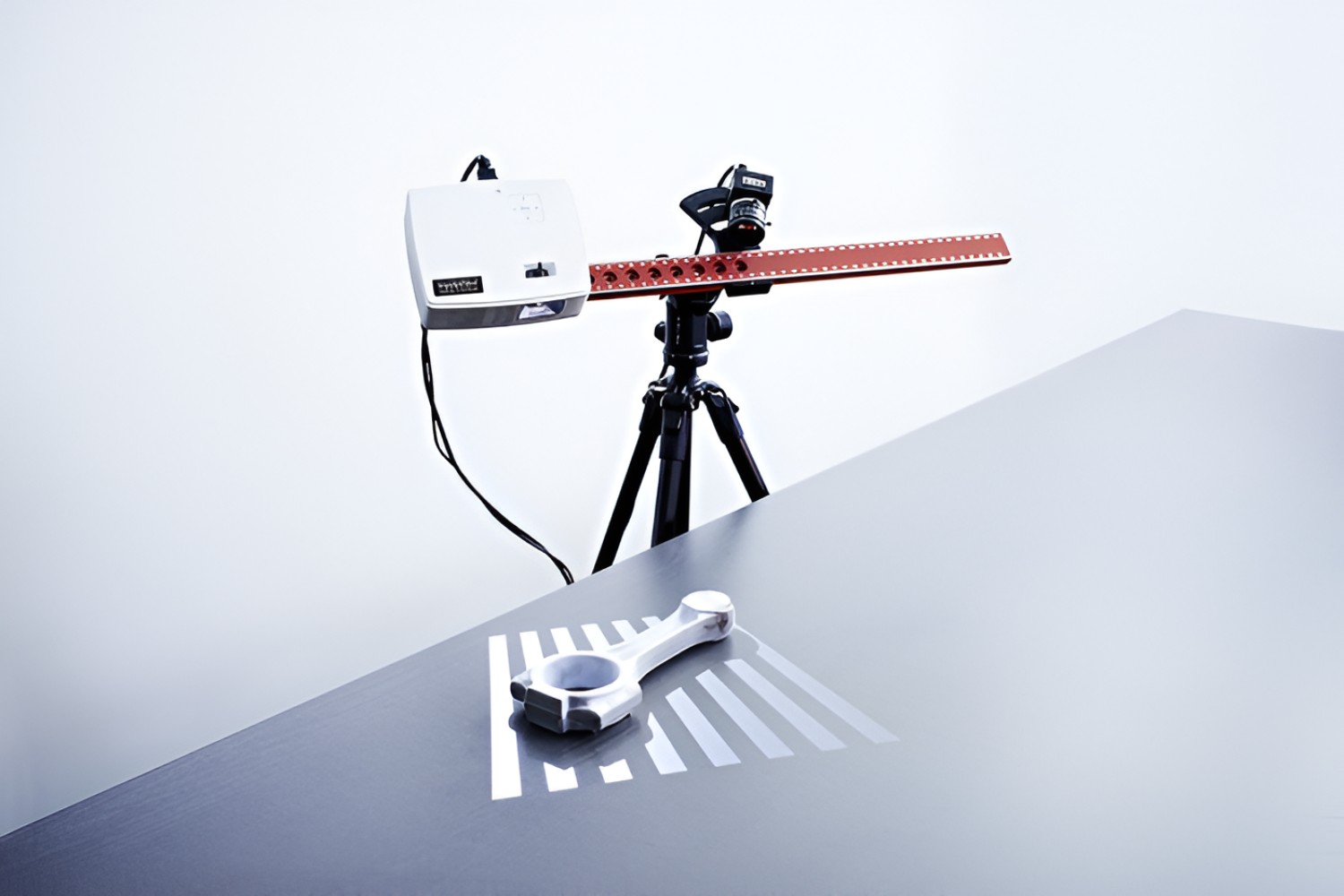Introduction
Technology has revolutionized the way we interact with the world around us. From smartphones to augmented reality, the advancements in technology have transformed various industries. One such innovation that has made a significant impact is 3D scanning. This groundbreaking technology enables us to capture and digitize real-world objects, creating virtual models that can be manipulated and analyzed.
3D scanning is a process where physical objects are scanned and converted into digital 3D models. It allows for the accurate capture of intricate details, measurements, and textures, replicating the physical object in virtual space. The applications of 3D scanning are vast and span across industries such as architecture, engineering, healthcare, entertainment, and manufacturing.
With its ability to capture real-world objects in detail, 3D scanning has proven to be an invaluable tool in various fields. Architects and designers can use 3D scanners to create accurate digital models of buildings and prototypes, facilitating efficient design iterations. Medical professionals can utilize this technology to capture accurate patient data, aiding in surgical planning and the creation of custom implants. The entertainment industry harnesses 3D scanning for creating realistic characters and visual effects in movies and video games.
However, the journey of 3D scanning began long before the technology became accessible and widely used. The early days of 3D scanning were marked by groundbreaking inventions and limited capabilities. Let us explore the origins and evolution of 3D scanners, and how they have transformed over the years.
What is a 3D Scanner?
A 3D scanner is a device that captures the geometry and appearance of physical objects and converts them into digital 3D models. It utilizes various technologies to collect data points from the object’s surface and combines them to create a detailed and accurate representation.
There are different types of 3D scanners available, each with its own underlying technology and capabilities. Some of the common types include laser scanners, structured light scanners, and contact scanners.
Laser scanners use laser beams to measure the distance between the scanner and the object’s surface. The scanner emits laser light onto the object, and the reflected light is captured by sensors in the scanning device. By calculating the time it takes for the laser light to bounce back, the scanner can determine the object’s shape and texture.
Structured light scanners project patterns of light onto the object’s surface and use cameras to capture the distortion of these patterns. By analyzing the distortion, the scanner can determine the object’s shape and create a 3D model.
Contact scanners, as the name suggests, physically touch the object’s surface to capture its shape and texture. These scanners use probes or 3D touch probes to collect data points from the object. They are often used for highly detailed and precise scanning applications.
Regardless of the scanning technology used, the resulting 3D model can be used for a variety of purposes. Engineers and designers can use these models to analyze and optimize product designs, perform simulations, and create prototypes without the need for physical objects. Researchers can use 3D scanning to document and preserve cultural artifacts. Medical professionals can use 3D scanned models for surgical planning and the creation of custom prosthetics.
As technology continues to advance, we can expect even more sophisticated and versatile 3D scanners to emerge. The future of 3D scanning holds tremendous potential in various industries, unlocking new possibilities and pushing the boundaries of what can be achieved in the digital world.
The Early Days of 3D Scanning
The origins of 3D scanning can be traced back to the early 1960s when the first concepts and prototypes were developed. However, it wasn’t until the 1980s that 3D scanning technology began to evolve rapidly and gain recognition in various industries.
During this time, 3D scanning was primarily used for industrial applications, such as reverse engineering and quality control. The early scanners were large, expensive, and required expert operators to operate them. They utilized technologies such as mechanical arms and coordinate measuring machines (CMMs) to capture data points from physical objects.
One notable breakthrough in the early days of 3D scanning was the invention of laser scanners. In the late 1970s, two researchers, Patrick Hanratty and Stephen W. Hart, developed the first laser scanning system. This system used a laser beam to measure the distance between the scanner and the object’s surface, allowing for more precise and efficient scanning.
As technology progressed, so did the capabilities of 3D scanners. In the 1990s, handheld and portable scanners were introduced, making the scanning process more convenient and accessible. These scanners allowed users to capture objects in real-time and quickly generate 3D models.
Another significant advancement was the integration of color capture into 3D scanning. Initially, scanners could only capture geometry, but advancements in imaging technology enabled the capture of color information as well. This breakthrough opened up new opportunities in industries such as entertainment and heritage preservation, where capturing both shape and color was crucial.
While the early 3D scanners paved the way for the technology we have today, they were limited in terms of speed, accuracy, and portability. The scanning process could be time-consuming and required controlled environments to minimize errors. However, these limitations did not deter engineers and researchers from pushing the boundaries of 3D scanning technology.
It is important to recognize the contributions of early pioneers who laid the foundation for the advancements in 3D scanning that we benefit from today. Through their dedication and ingenuity, they pioneered a technology that would revolutionize various industries and unlock new possibilities for digital innovation.
The First 3D Scanners
As 3D scanning technology began to gain traction in the 1980s and 1990s, several pioneering devices emerged as the first 3D scanners. These early scanners laid the groundwork for the development of more advanced and efficient scanning techniques.
One of the earliest examples of a 3D scanner is the Cyberware 3030. Invented by Tom Kramer in the late 1980s, this scanner utilized laser triangulation to capture the shape of objects. It was a significant breakthrough, as it could scan complex objects and human faces with a high level of accuracy. The Cyberware 3030 played a crucial role in the early adoption of 3D scanning technology and its applications in various industries.
Another notable early 3D scanner is the Polhemus Fastrak, developed by Polhemus Inc. in the early 1990s. This scanner used electromagnetic tracking technology to capture the position and orientation of objects. It was primarily used in virtual reality applications and biomechanics research, enabling the digitization of human motion for simulation and analysis purposes.
The range scanner, developed by the company Laser Design Inc. in the early 1990s, was another groundbreaking device. This scanner utilized a laser stripe and a rotating mirror to capture 3D data, allowing for the scanning of large objects such as automobiles and aircraft. The range scanner became widely used in industries such as automotive design, aerospace, and reverse engineering.
During this time, several other companies and researchers contributed to the development of 3D scanning technology. Each device had its own unique capabilities, and they collectively pushed the boundaries of what was possible in terms of capturing the geometry and appearance of real-world objects.
While the first 3D scanners laid the foundation for the technology, they were often expensive, bulky, and required specialized knowledge to operate. However, they showcased the immense potential of 3D scanning and paved the way for more accessible and sophisticated devices in the future.
The advancements made by these early 3D scanners served as a catalyst for the widespread adoption of scanning technology in various industries. They paved the way for more efficient, accurate, and user-friendly scanners, enabling a wide range of applications and revolutionizing the way we interact with the digital world.
3D Scanning Advancements Over the Years
Since the early days of 3D scanning, the technology has undergone significant advancements, leading to more efficient, accurate, and accessible scanning devices. These advancements have expanded the capabilities of 3D scanning, allowing for a wide range of applications in various industries.
One of the key advancements in 3D scanning technology is the development of handheld and portable scanners. In contrast to their earlier bulky counterparts, handheld scanners offer greater flexibility and ease of use. These scanners are compact, lightweight, and allow for scanning objects in real-time. They have become popular in industries such as architecture, archaeology, and healthcare, where portability and on-site scanning are essential.
Improved accuracy and precision are also notable advancements in 3D scanning. Modern scanners utilize advanced sensor technologies, such as high-resolution cameras and laser sensors, to capture data points with exceptional detail. This level of accuracy enables engineers, designers, and researchers to confidently make measurements, perform analysis, and create precise virtual replicas of physical objects.
The speed of 3D scanning has greatly improved over the years as well. Thanks to advancements in hardware and software, the scanning process has become faster and more efficient. Scanners can capture data at a higher rate, reducing the time required to scan complex objects. Additionally, software developments in data processing algorithms have streamlined the reconstruction and refinement of scanned data, further enhancing the overall speed and efficiency of the 3D scanning process.
Another significant development in 3D scanning is the integration of photogrammetry techniques. Photogrammetry involves capturing multiple images of an object from different angles and using computer algorithms to analyze the images and reconstruct a 3D model. This approach has become popular because it eliminates the need for specialized hardware and allows for the scanning of objects using a regular camera or a smartphone. Photogrammetry has opened up new possibilities for 3D scanning in fields such as cultural heritage preservation and virtual reality.
The accessibility of 3D scanning has also improved with the advent of consumer-grade scanners. These scanners are specifically designed for home users and hobbyists, offering a cost-effective solution for capturing basic 3D models. With user-friendly interfaces and simplified workflows, these scanners have made it possible for individuals to bring their ideas to life through 3D scanning and printing.
As 3D scanning technology continues to progress, we can expect further advancements in areas such as real-time scanning, higher resolution capture, and integration with other technologies such as artificial intelligence. These innovations will undoubtedly unlock new opportunities and applications, further propelling the transformative potential of 3D scanning across industries.
Impact of 3D Scanning in Various Industries
3D scanning has made a profound impact on numerous industries, revolutionizing traditional processes and unlocking new possibilities for innovation. The ability to capture real-world objects in intricate detail and convert them into digital models has transformed the way businesses operate and has opened up new avenues for creativity and efficiency.
In the field of architecture and construction, 3D scanning has become an indispensable tool. Architects and designers can use 3D scanners to capture accurate measurements and create digital models of buildings. This enables them to visualize designs more effectively, perform clash detections, and streamline the construction process. Additionally, 3D scanning has proven to be valuable for historical preservation, allowing for the creation of accurate digital replicas of heritage structures.
The manufacturing industry has also experienced significant benefits from 3D scanning. The technology is widely used in quality control processes, allowing manufacturers to compare scanned objects with their original designs and identify any deviations or defects. This ensures that products meet specifications and are of the highest quality. Furthermore, 3D scanning facilitates reverse engineering, enabling manufacturers to create digital models of existing components or products for redesign and improvement purposes.
In the healthcare sector, 3D scanning has revolutionized patient care and treatment planning. Medical professionals can use 3D scanners to capture accurate anatomical data and create patient-specific 3D models. This has applications in surgical planning, the creation of custom implants and prosthetics, and the development of personalized healthcare solutions. 3D scanning also allows for the creation of realistic training models and simulators, enhancing medical education and improving patient outcomes.
3D scanning has also left its mark on the entertainment and gaming industries. Film studios and game developers utilize 3D scanning to capture real-life objects, characters, or environments, and convert them into digital assets. This creates realistic and immersive visual experiences for viewers and gamers. Additionally, 3D scanning enables the creation of lifelike characters and special effects, enhancing the storytelling capabilities of the entertainment industry.
Art and design are another field that has experienced a tremendous impact from 3D scanning. Artists and designers can use 3D scanners to capture and manipulate real-world objects, allowing for new creative possibilities. Integration with 3D printing technology further expands the potential, enabling artists to turn their digital models into physical sculptures and artworks.
Overall, 3D scanning has proven to be a transformative technology in various industries. Its ability to capture real-world objects in detail and convert them into digital assets has streamlined processes, improved accuracy, and unlocked new opportunities for innovation. As technology continues to advance, we can expect further integration and utilization of 3D scanning across industries, leading to even greater advancements and benefits.
Conclusion
Over the years, 3D scanning has evolved from its early days to become a transformative technology with widespread applications. It has revolutionized industries such as architecture, manufacturing, healthcare, entertainment, and art by allowing the accurate digitization of real-world objects.
With advancements in handheld and portable scanners, improved accuracy, faster scanning speeds, and the integration of photogrammetry, 3D scanning has become more accessible, efficient, and versatile. It has enabled architects to visualize designs, manufacturers to streamline production processes, medical professionals to plan surgeries, and artists to explore new creative possibilities.
3D scanning has not only improved efficiency and precision but has also opened up paths for innovation and creativity. The ability to capture and manipulate real-world objects digitally has transformed traditional processes, giving rise to new solutions and approaches.
As technology continues to advance, we can expect further enhancements and developments in 3D scanning. Real-time scanning, higher resolution capture, and integration with artificial intelligence are just some of the areas that hold immense potential. These innovations will continue to drive the transformative power of 3D scanning across various industries.
It is clear that 3D scanning has had a profound impact on how we interact with the digital world. Its ability to accurately capture and convert physical objects into digital models has redefined traditional workflows, unlocking new possibilities for efficiency, accuracy, and creativity.
With its continued progress and widespread adoption, 3D scanning is poised to shape the future of several industries, enabling groundbreaking advancements and innovations. As we journey further into the digital realm, the impact of 3D scanning will only continue to grow, revolutionizing the way we design, manufacture, create, and experience the world around us.







